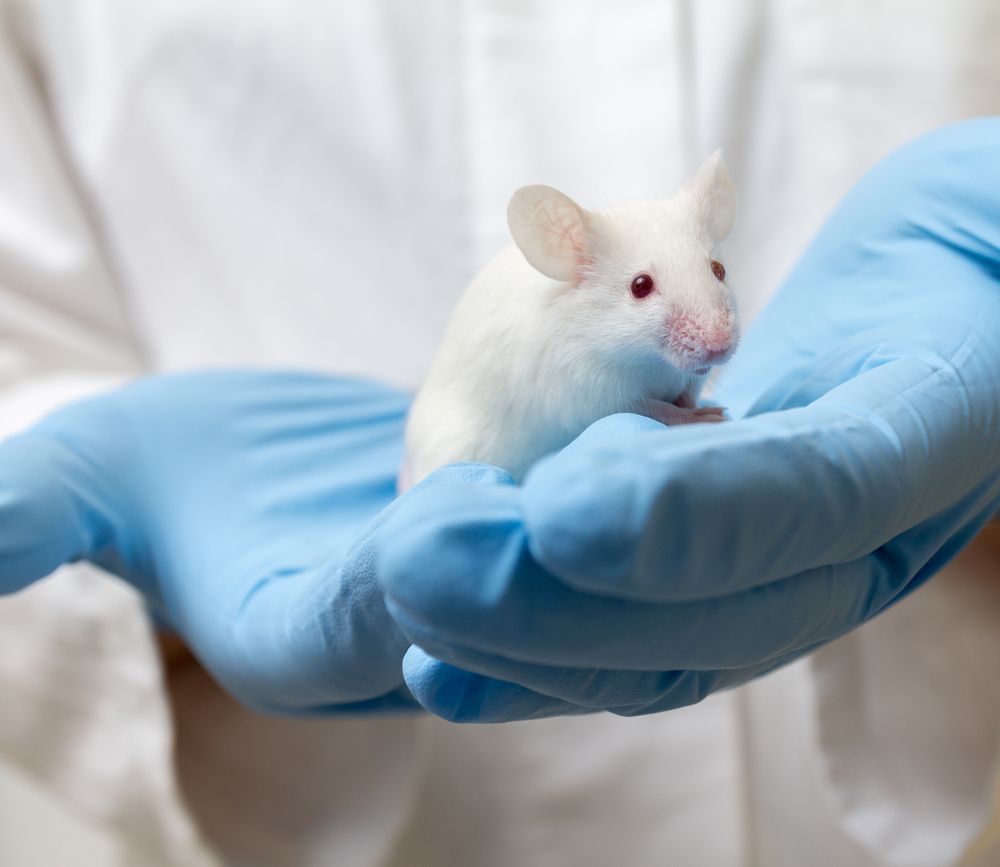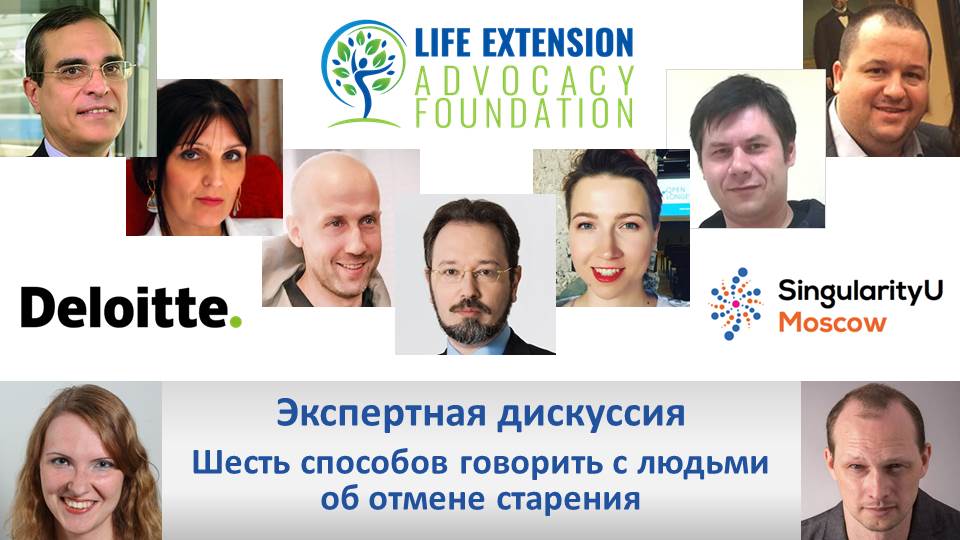Atherosclerosis is the number one killer in the world, and science is working on solutions to combat this age-related disease. A new mouse study has shown that the drug trodusquemine can melt away the accumulated arterial plaques that lead to heart attacks and strokes.
What is Atherosclerosis?
Atherosclerosis is an age-related disease in which toxic, oxidized cholesterol deposits in the bloodstream produce inflammation in arterial walls. This causes macrophages to swarm to these fatty deposits to clear up this toxic waste.






